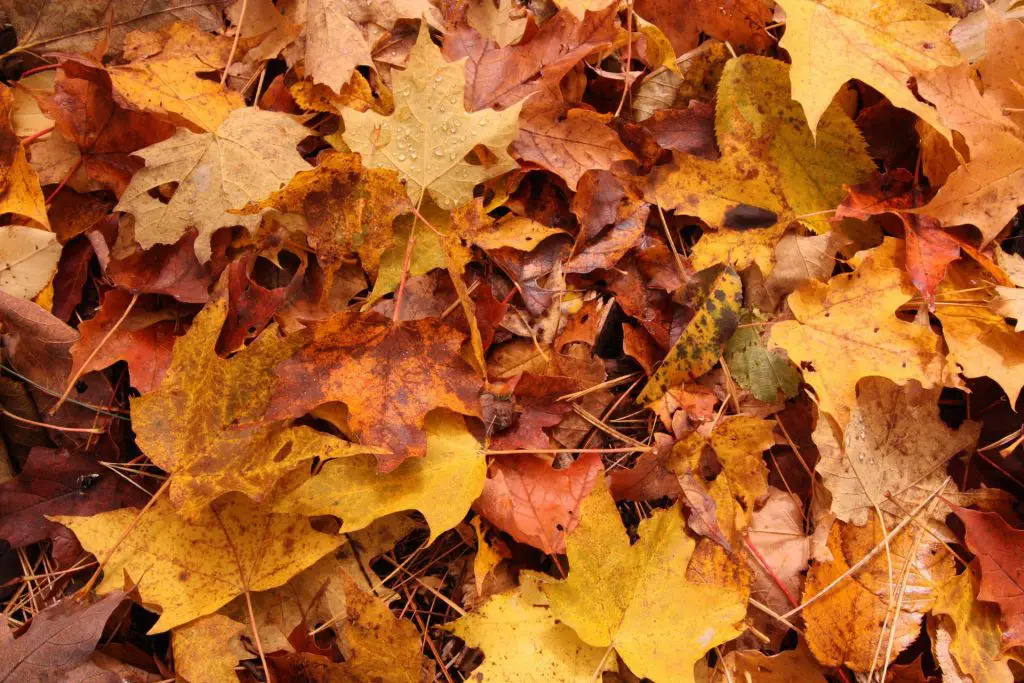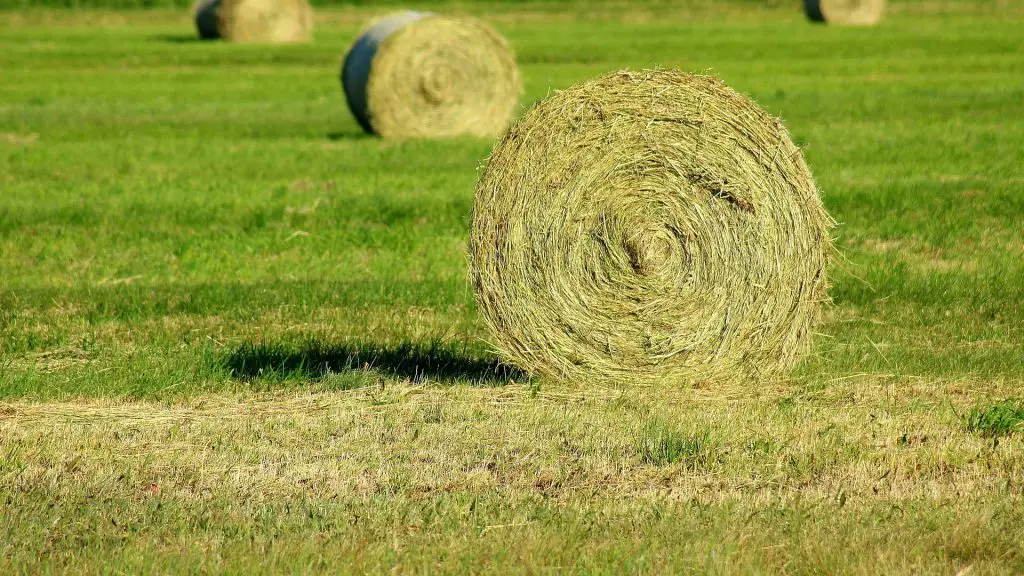Brown Material for Compost | Where to Find More Brown Materials
Brown material for composting plays a vital role in the composting process. They generally provide the bulk of the material that goes into the composting pile. Whilst if just left they will naturally decompose on their own, although this process could take a year or more. When, however, combined with the correct amount of green materials the speed with which decomposition takes place drastically shortens.
Composting is about this decomposition process. The quality of and the speed with which that finished compost is produced depends on the makeup of the materials going in. Understanding which is which and the carbon-to-nitrogen ratios of your compost pile can make a big difference to the efficiency of your composting efforts.
What are brown materials for compost?

Brown materials make up the bulk of compost piles. These are usually comprised of organic garden and woodland materials. Some examples include:
- Bark (such as apple, pine, cedar, etc)
- Compacted soil (such as from a flower bed)
- Leaves (from trees and shrubs)
- Wood chips
- Wood sawdust
Some of these materials can be collected all year round, particularly tree bark and woodchips. Some can be collected during the growing season like prunings from bushes while other materials, such as fallen leaves and dying plants, are more likely to be found in the fall months when this type of organic material becomes abundant.
Brown Materials in Terms of Compost Ratios
The composting process is a chemical reaction that takes place between carbon and nitrogen that is present in the composting materials. The difference between brown materials and green materials is their individual carbon-to-nitrogen ratio.
Brown materials are carbon-heavy (they have a high amount of carbon in relation to nitrogen) The amount of carbon that is present in brown materials varies considerably from as low as 50:1 up to 500:1.
The ratio between the carbon and nitrogen (C/N) together with water and oxygen dictates the speed with which the decomposition process will take place. Usually, the most efficient ratio for cold composting is between the C/N is 30-35:1. If you were looking at cold composting this would be around 25:1.
Brown materials and composting
With the wide range C/N ratios that cover brown material for compost, it is important to know which materials have the lower carbon content and which have the higher when constructing your compost pile.
Making it more complex is that even within a class of brown material for example such as leaves these C/N ratios can also vary from 50-70:1.

Of course, a compost pile isn’t a science lab, and achieving a ratio of exactly 30:1 is unlikely but having a chart that gives you an idea of what each class of brown material holds in terms of carbon can help you get close enough so that you can have an efficient compost pile that will provide finished compost within three to four months to four to five weeks if hot composting.
Carbon to Nitrogen Ratios for Common Brown Materials
| Materials High in Carbon | Carbon:Nitrogen Ratio |
|---|---|
| leaves | 30-70:1 |
| straw and hay | 50-100:1 |
| wood shavings or sawdust | 100-300:1 |
| tree bark | 120:1 |
| general paper | 100-200:1 |
| corrugated cardboard | 350:1 |
What can I use in place of brown material for composting?
It is quite possible, particularly if you live in an urban area or the makeup of your garden does not have much in the way of trees and bushes, that you may not have enough brown material for compost.
Brown materials don’t just include natural organic materials such as leaves, plant prunings and branches, and twigs. They can also include paper and cardboard, cotton, and dryer lint.
The principal problem with these items is that the carbon-to-nitrogen ratio of these items is extremely carbon-heavy with the paper being up to 200:1 C/N and cardboard up to 350-500:1. This means that you would have to mix plenty of nitrogen-rich green materials into your composting pile to compensate.
Where to find more brown materials?

In terms of where to find this type of brown material for compost cardboard and paper are good options and the most likely items that you will have easily to hand. Items such as pizza boxes, Amazon boxes, and newspapers are perfect for this task of adding bulk brown material to your composting pile.
Another solution is wood chips or tree bark. Even in urban areas, there are likely to be many arborists working. They are likely to be only too happy to provide you with their organic waste as it will save on their own disposal costs.
Woodworking shops are another option. They will have plenty of woodchips and sawdust that they don’t want and that would pulk up your compost pile.
If you do have some woodland that is not too far away. A trip during fall with a few empty rubble sacks is likely to provide you with more than enough material to bulk out your compost heap.
Commonly asked questions?
Are peanut shells brown material for compost?
Peanut shells are on the cusp of what is green or brown being at around 34:1 (C/N)[1] but generally considered organic brown material. They are excellent for helping supplement more garden-oriented organic brown material and regulating the overall carbon-to-nitrogen ratio of the pile.
Is dried corn stalks green or brown compost material?
Dried corn stalks are brown compost material and have a high carbon content. You can add these to your compost heap and they will help regulate the carbon to nitrogen ratio.
Are paper towels considered brown material for compost?
Both paper and cardboard are brown materials for composting. They are an excellent way of increasing the volume of your composting pile and regulating the carbon-to-nitrogen ratio, especially if you have a lot of green materials that are high in nitrogen.
How do you compost if do you not have enough brown material?
Having too much nitrogen-rich green material in relation to brown material will cause ammonia to be released during the composting process. If you don’t have sufficient natural organic brown garden material such as leaves and branches and twigs then you can use cardboard or paper instead. Both of these are brown materials and easy to get hold of.
Notes
[1] International Journal of Recycling of Organic Waste in Agriculture: Some properties of composted peanut shells and peat used in the experiment
